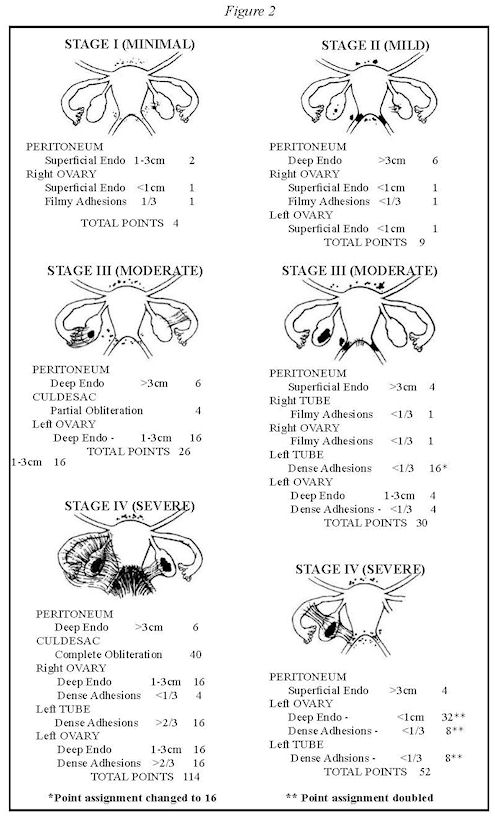Endometriosis Diagnosis
Diagnosis of Endometriosis
Getting a diagnosis can take time. It can take an average of about 6.5 years to be diagnosed with endometriosis.
The only way to confirm a diagnosis of endometriosis is to have a laparoscopy with a tissue sample (biopsy).
What is a laparoscopy?
A laparoscopy is a type of surgery performed under general anaesthetic.
During the procedure, a thin telescope (called a laparoscope) is inserted through a small cut near your belly button. This allows your doctor to see inside your abdomen and examine your pelvic organs. Laparoscopy can magnify the tissue and make it possible to see even small amounts of disease.
If any tissue looks like endometriosis, it can be removed during the laparoscopy and sent to a laboratory. A pathologist checks the tissue under a microscope to make a diagnosis. A
A laparoscopy and/or biopsy is the only way to be 100% certain you have endometriosis.
Do I need a laparoscopy to be diagnosed?
Not always. Your doctor may suspect endometriosis based on your symptoms and physical examination.
During a pelvic exam, a doctor may feel tissue affected by endometriosis. They may feel endometriosis grown through the vagina wall, or cysts on the ovary or other pelvic organs.
If this is the case, your doctor may talk to you about starting treatment without surgery.
Making a decision about laparoscopy
To help you decide whether to have a laparoscopy, talk to your doctor about the risks and benefits.
If you and your doctor decide to treat your symptoms with medicines, then you do not have to have surgery. The decision to have a laparoscopy will depend on your symptoms and whether you’re planning to get pregnant soon.
Is an Endometriosis diagnosis essential?
No. Sometimes your doctor may suggest that you have endometriosis because of your symptoms and/or the clinical signs that they can feel on examination. The decision to have a diagnosis made by laparoscopy should be discussed with your doctor since this involves an invasive test. You should be aware of the risks involved with a laparoscopy before you decide to have this procedure performed.
If you and your doctor decide to treat your symptoms with medications, then you do not have to have a surgical procedure. The decision to have a laparoscopy will depend on your clinical symptoms and your wishes for pregnancy in the immediate future.
4 Stages or Grades of endometriosis
Stages of Endometriosis
Endometriosis is often classified as mild, moderate or severe. You may see this written in your surgical notes as stage or grade I–IV.
- Minimal (Stage I) – Few patches of superficial lesions
- Mild (Stage/grade II) – Small patches or surface lesions found in the pelvic area
- Moderate (Stage/grade III) – More widespread areas of disease often affecting one or both ovaries, tissue behind the uterus or the Pouch of Douglas. Sometimes, there is also significant scarring and adhesions.
- Severe (Stage/grade IV) – endometriosis affects most of the pelvic organs, often causing scarring and distorted anatomy.
These stages of endometriosis are based on guidelines from the American Society of Reproductive Medicine. However, it’s important to know that the stage doesn’t always reflect the level of pain or other symptoms you may experience.

